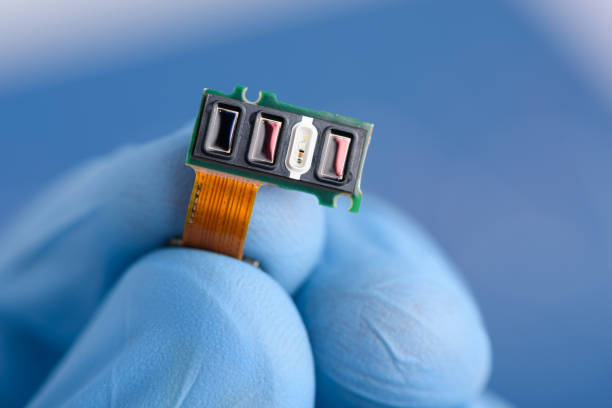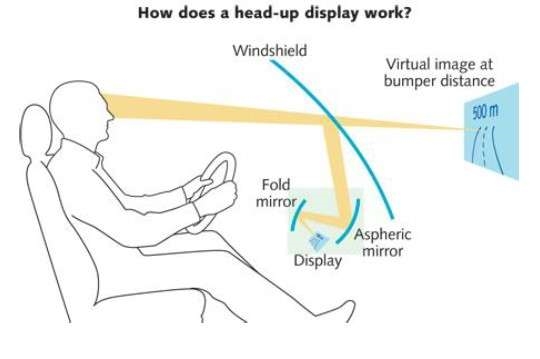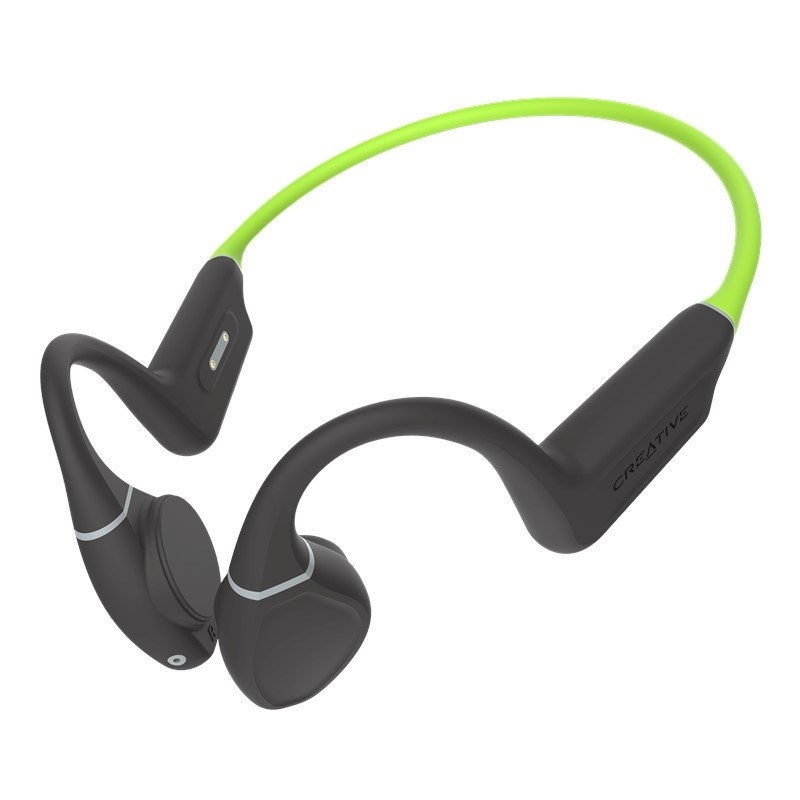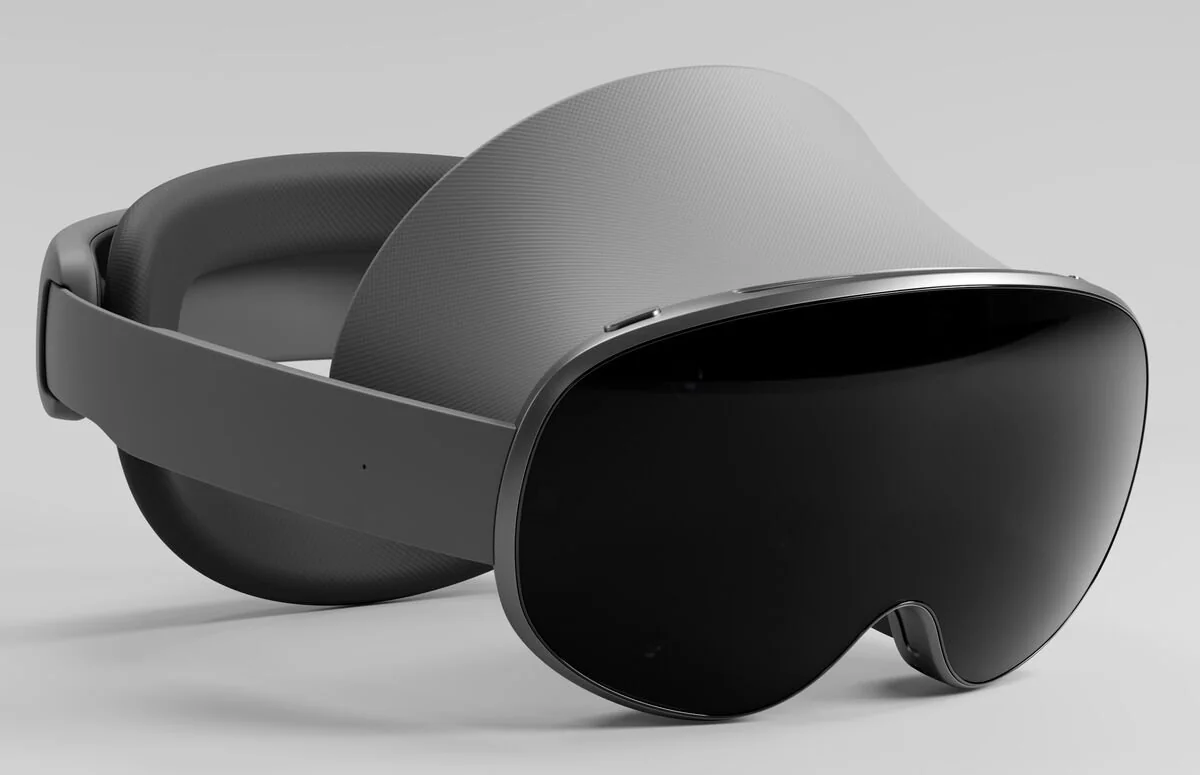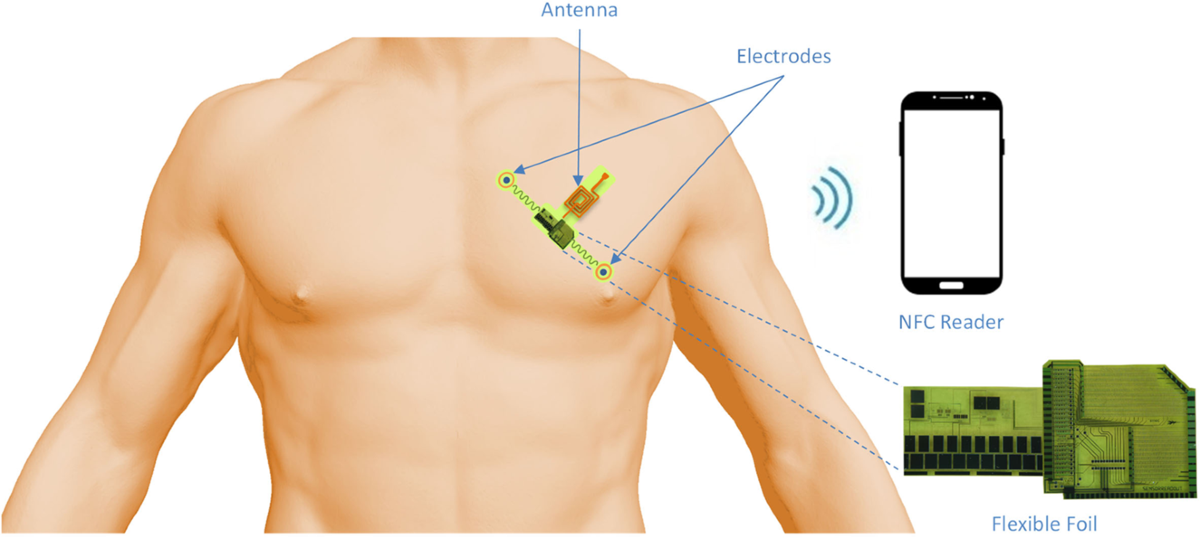Overview
Wearable devices such as smart watches integrate functions for assistance, health monitoring, safety, and sports, which remain popular with consumers. In the post-pandemic era, users pay more attention to personal health, and body temperature measurement has become an important component of health monitoring and preventive measures. Wearables with temperature measurement capability allow users to check their status anytime and support self-monitoring.
Wearables that include temperature sensors can enable additional capabilities such as continuous temperature monitoring. This article reviews the roles temperature sensors play in wearables and how those functions are implemented.
Challenges for Temperature Measurement in Wearables
Temperature measurement in wearable devices faces several challenges, which raise higher requirements for the sensors used.
First, many factors affect measurement accuracy, especially ambient temperature. For example, Naixinwei's NST112x temperature sensor has a typical offset error of 0.1°C in its high-accuracy range; however, this is not the measurement uncertainty. The uncertainty (repeatability fluctuation) is 1 LSB, equal to ±0.015625°C. Accurate temperature calibration normally requires a controlled-temperature environment, typically using a thermal bath.
Second, error calibration can follow multiple schemes. The current solution from Naixinwei gives a typical temperature error of 0.1°C. It is recommended to perform a one-point calibration to achieve accuracy within 0.1°C (for medical thermometer standards: within 0.1°C in the 37–39°C range, and within 0.2°C in the 35–42°C range).
Other factors that influence measurement accuracy should also be addressed in wearable design. The device's temperature sensor must be closely coupled to the measured heat source to ensure an optimal thermal conduction path. The sensor should be placed away from other heat sources and minimize active time to reduce self-heating.
Regarding measurement location, wrist measurements differ from axillary measurements and are mainly suitable for continuous monitoring and detecting changes. Absolute temperature measurements require user calibration. For applications that demand higher accuracy, using two sensors—one for ambient temperature and one for skin temperature—and applying compensation can yield a more accurate body temperature.
Sensor Selection Constraints
Available space inside a watch is very limited. A temperature sensor for this application must be compact and meet specific requirements such as high accuracy, ultra-low power consumption, fast response, and ease of use.
Naixinwei's contact temperature measurement approach uses the high-precision digital sensor NST112x-CWLR. This solution features fast temperature response, short measurement time, low power consumption, high accuracy, and small self-heating, making it suitable for watches, wristbands, and Bluetooth skin patches.
NST112x is a low-power, high-accuracy digital temperature sensor. It supports the I2C and SMBus interfaces and provides programmable alerts and SMBus reset functionality. Up to four devices can share a single bus. Without calibration, it achieves up to ±0.5°C accuracy over the -20°C to 125°C range. Because of its high linearity, NST112x does not require curve fitting or lookup tables to derive temperature. Its 14-bit ADC provides resolution down to 0.015625°C. The device operates from -40°C to 125°C, making it suitable for communication, computing, consumer products, environmental monitoring, industrial, and instrumentation applications. NST112x's very low power consumption also makes it suitable for battery-powered IoT temperature measurement uses.
Further reading: "Wearable Sensor Technology and Market — 2022 Edition"
NST112x Features and Typical Applications
Key features of the NST112x series include:
- Sampling rate 4 Hz, typical average current only 5.7 μA
- Available in SOT-563 and DSBGA-4 (0.75 mm × 0.75 mm) packages; the DSBGA-4 can achieve output accuracy up to ±0.1°C within the body-temperature range
- SMT-compatible for robust placement tolerance, suitable for high-volume production
- Contact-based thermal conduction path: the chip pad conducts through FPC vias to the backside, then contacts the skin via a stainless steel plate
- With the chip backside (pad side) attached to the wrist via FPC, under a room temperature of 23.5°C the measured wrist temperature was 33.0°C; after compensation it matched axillary temperature at 36.48°C
- Time to reach 63% of final value is 0.1 s; time to reach near body temperature (99%) is 12.73 s
Contact Measurement and Thermal Path Optimization
Contact temperature measurement in watches relies on a thermal conduction path. According to Fourier's law of heat conduction, material and path are the main factors influencing heat transfer; thermal isolation is also important.
There are two skin conduction paths: skin → stainless steel → FPC flex → temperature sensor chip; and skin → sensor chip pad → thermal adhesive → bare die. To ensure effective heat transfer, use a metallic thermal contact with the skin, with stainless steel being a preferred choice. Thermal grease or silicone pads do not necessarily improve heat conduction in this configuration.
Other Sensor Options
Other temperature sensor models from Naixinwei include NST1001/HA, NST118, and NST117 series, which target applications such as smart glasses, AI devices, smart wristbands and watches, TWS earbuds, and Bluetooth skin-temperature patches.
Outlook
Wearable devices with body-temperature sensing add functionality for continuous health monitoring. Temperature sensors may become standard components in a range of portable devices, expanding their application in daily life.
 ALLPCB
ALLPCB


